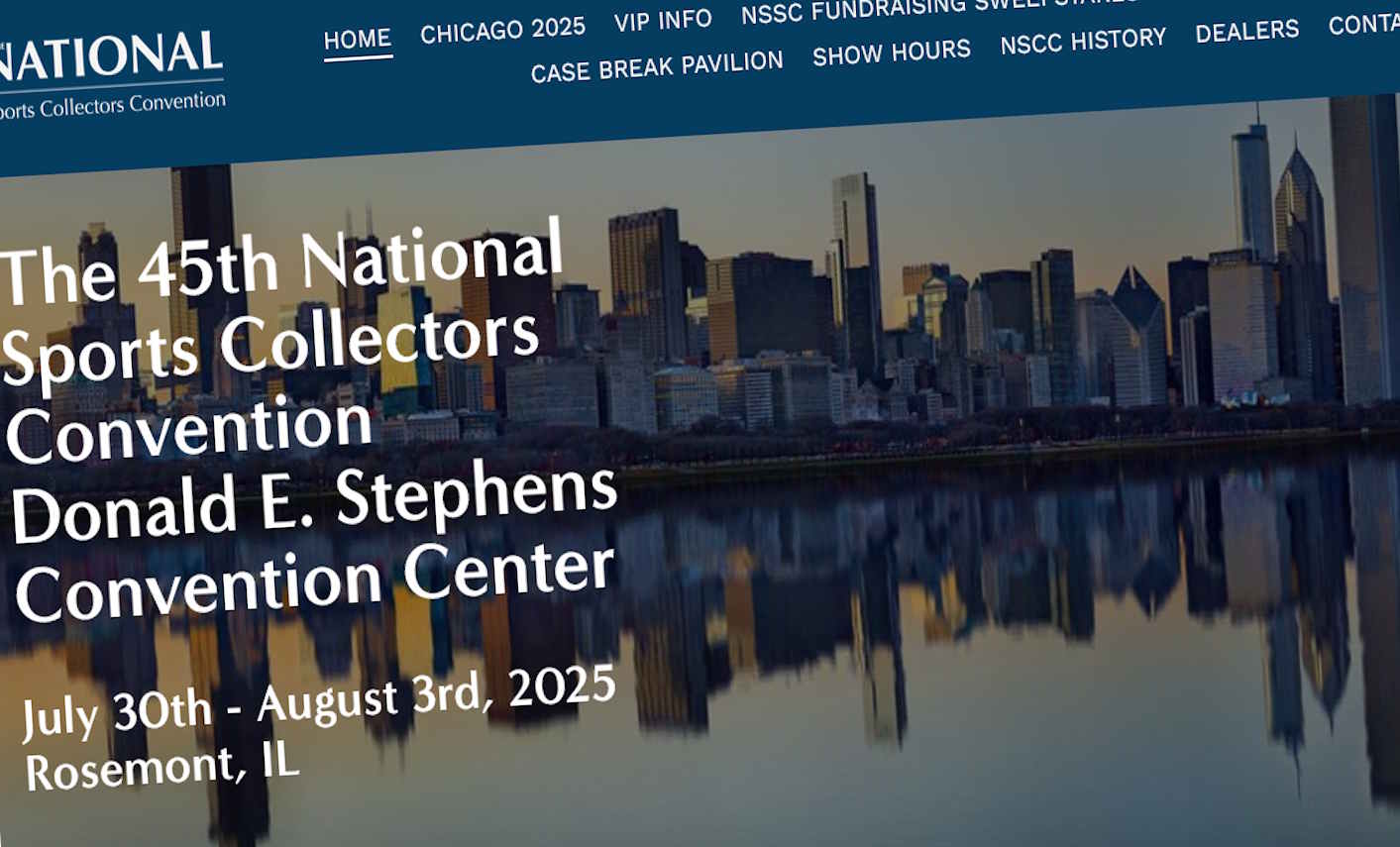

The bigger the money involved in collectibles, the greater the likelihood of shady dealings and fraud. In the current sports market, it doesn’t come much bigger than memorabilia signed by Slovenian superstar Luka Dončić. But are Luka Dončić autos real? There is certainly enough compelling evidence to make us doubt the veracity of some of his signed cards.
We are used to hearing some big numbers thrown around in the hobby. But this card sold for $4.6 million. That is not even in the ballpark of what you expect for the card of a currently active player. In this case, it is a player who has never won an MVP or a title. But I digress.
It is the large amounts involved that make collectors check and double-check every signature. Allegations that some valuable autos are fake have plagued the hobby for years. And in the case of the magnificent guard, there is genuine cause for concern.

Here is the $4.6 million dollar card and proof of purchase (picture taken from Instagram)
When you compare the signature on the card to his earlier autographs, there are notable differences. The scandal was big enough for the New York Times to cover. Incidentally, it is a hilarious article and includes tidbits like explaining to readers that collectors refer to autographs as “hits.”
There is undoubtedly some plausible deniability here. I don’t know about you, but my mess of a signature is very inconsistent. After all, autographs evolve and change over the years.
However, there are at least two distinct groups of signatures in the Luka database. One is known as the “Luka” auto. Meanwhile, the other is referred to as the “Lulu” signature. As you can see from these examples, they are pretty distinct.
The early signature you can find from Luka’s early European days has specific characteristics. It is also consistent.
Blowout Forum member Rogermaris describes that auto as:
This auto is undoubtedly authentic. Dončić had to autograph fewer items, and the memorabilia he did sign was far less valuable. In addition, Luka was seen by multiple witnesses using this variant.

Here is an example of the early autos we know are authentic (picture taken from Blowout Forums)
The NBA Signatures
As Luka entered the NBA, his autograph duties increased exponentially. Therefore, it is not too surprising that it shifted quickly to a more manageable script. You can see the new script on the first Panini released draft cards to feature Luka’s signature.
The new signature has these characteristics:
Though the signature has changed, it is still a variation on the earlier version. They both consistently slant to the right. Both also have other tell-tale characteristics. For example, the letters are quite narrow, and the characters loop high and low.

After being drafted, Luka’s auto changed (picture taken from Blowout Forums)
The third form of signature was spotted once Dončić settled into NBA life. Much like the early autos, these seem to spell out “lulu.”
However, there are some significant differences between the third variant and both earlier forms.

These more symmetrical and orderly versions of Luka’s auto have made some collectors suspicious (pictures taken from Blowout Forums)
We know that the “Luka” variant is more likely to be authentic for the NBA period of his career. Why? When the Slovenian guard gives autographs in person, he invariably utilizes that formula.
Are you unsure about the signatures? You are not alone. Professional graphologists (handwriting experts) reached diametrically opposed conclusions. Some believe that the signatures are consistent, while others believe they are derived from different sources.
However, all of the experts agree that short signatures are far easier to forge than long ones. Therefore, conspiracy theorists insist that Dončić uses the distinctive, quick signature to make it easier for others to duplicate convincingly.
One of the biggest red flags is the fact that there seem to be significant differences between auto of the same card.
There are videos of Luka signing memorabilia. I will confess that it is beyond my sleuthing abilities to draw any conclusions from this footage. But if you are so inclined, you may be able to gain some clues from his signature motion.

The leading theory concocted to explain the discrepancies involves Luka’s mother. Does that sound crazy? Keep in mind that autographs on cards are not always authenticated in a meaningful sense. Card companies know that the athletes are busy and prefer to sign on their own time.
What is the evidence for this theory? The primary source of speculation leading to this theory is that the signature looks “feminine.” The Blowout Forums member Rogermaris explained: “if you asked my mom to forge Luka’s original pre-NBA signature, she would probably come up with something very close to the questionable “Lulu” signatures.”
However, there is other circumstantial evidence as well. For example, Luka’s mother, Mirjam Poterbin, lives a few minutes away from her son in Dallas. Yet, the two are very close, and Mirjam lived with her son when he was a teen sensation playing for Real Madrid in Spain. Indeed, the loving mother has been the driving force behind Luka’s meteoric basketball career.
When asked about this theory by the New York Times, Poterbein responded, “I don’t even know how people can say things like this,” she said, adding, “He’s probably changing his writing — I don’t know. I don’t know.” As an aside, while proving nothing, this reply will do little to put the rumors to rest.
Still, many observers remain unconvinced of this conspiracy theory. One Blowout Forums user commented, “this thread is an embarrassment.”
Early in their careers, athletes and celebrities are happy to provide autographs to fans. They put all of their efforts into it to thank them for their support. However, famous people are human beings just like us. They get tired of performing the same repetitive action and, over time, begin to simplify their autographs.
If you try to sign your autograph repeatedly, you will find that your brain tries to find shortcuts to reduce the cognitive and physical strain. By some estimates, Luka signed 10,000 cards in his rookie season alone. That might not explain why the letters are more symmetrical in later signatures. However, it may be the reason for the less accentuated peaks and valleys of the lettering. Unfortunately, the large number also increases the temptation to dump some of the signatures on other people.
We do not have any evidence that is not circumstantial. However, much of the case for forgery rests on the following premise: the later “lulu” autograph looks like it would be more time-consuming than the NBA version Dončić has used since arriving at the NBA. Indeed, it makes little sense for the Slovenian guard to adopt a more meticulous and time-consuming script.
There is no proof that Poterbein is signing memorabilia for her son. However, considering the lack of verification of autos, the fears of collectors are understandable.
Therefore, the cards are typically sent by mail to the athletes’ homes. Naturally, it is tempting for the biggest stars to get a member of their close circle to sign for them. While Panini and Topps certainly do not encourage this kind of behavior, they do not (and probably could not) take meaningful verification steps.
The companies typically rely on the word of the agent or a signed affidavit for authenticity. While this is better than nothing, it is not a particularly solid form of verification.
Panini refuses to comment on these questions. They do so most likely because they do not have a definitive answer, as company representatives probably did not witness Luka sign the $4.6 million card. Therefore, Panini’s refusal does little to inspire confidence in the veracity of the autograph.

Here is a direct comparison of the 2nd and third forms of the signature with the verified earlier Luka autos (picture taken from Blowout Forums)
Upper Deck tried to tackle these rumors head-on. When Luka signed cards for the American company, they posted a video on their Instagram account showing the star signing card while clad in a camouflage jacket.
In a thinly veiled jab at Panini, Chris Carlin of Upper Deck commented: “When we hear of issues where authenticity is being questioned, we like to do everything to let people know they’re getting the right thing. He added that the company examines autos “with a fine-toothed comb,” rejecting those that have smeared in transit or that raise authenticity questions. Usually, we eliminate it before it ever gets out to the market.”
Whether the Luka autos are genuine or not, there are instances of non-genuine autos in the hobby. For example, for years, there have been persistent accusations that Dallas Cowboys quarterback Dak Prescott used a machine to sign memorabilia. The problem was so severe that BGS refused to authenticate some of Prescott’s auto cards.

There were doubts surrounding some Dak Prescott autos (not this one though: look for his autos on eBay)
In 2017, Panini recalled their Takkarist McKinley 2017 Panini Contenders Draft and 2017 Elite Draft cards. The reason? The company had discovered that someone else had been signing the cards. Therefore, they made a new batch and verified McKinley’s signature.
There have been several scandals regarding memorabilia authenticity in recent years. Whether we look at the PWCC scandal or allegations that a “Shoeless” Joe Jackson autograph is a forgery, there are repeated credible claims of dishonesty in the hobby.
However, allegations do not seem to dent the massive amounts of money people spend. PWCC continues to enjoy high volumes of customers. In addition, questionable autographs continue to sell for enormous sums.
We don’t expect any of these rumors to dent the value of Luka autos.
I deep-dove on Fanatics Collect so you don't have to (but should you?)
Panini is launching a WNBA Product at $30,000!?
Topps Chrome 2024-25 Basketball: Honest Review and Notes
Did you know this SECRET about PSA slabs? #sportscard #tcg
5 EASY tips to make more money on eBay sports cards.
I opened a sports card mystery box and found something AWESOME inside
The SAD story of Collectable. What went wrong? (The Downfall Fractional Sports Card Investing)
what was Panini doing? 🙄
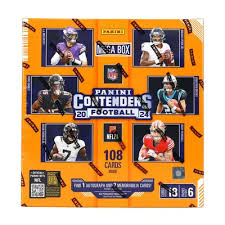
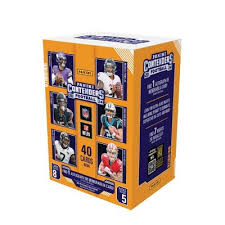
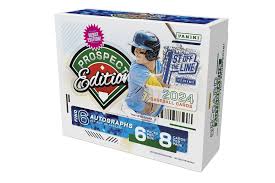
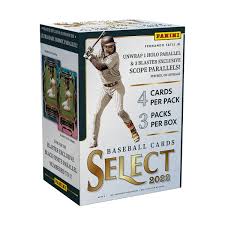
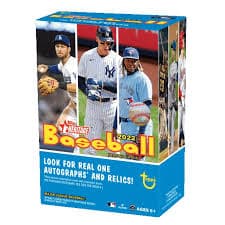
2022 Topps Heritage Baseball Blaster Box Configuration: 7 Packs per Box – 9 Cards per Box. Plus 1 extra pack.
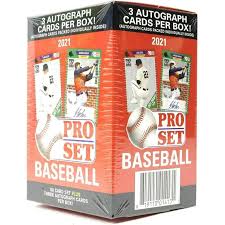
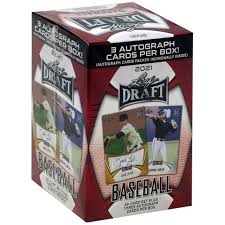
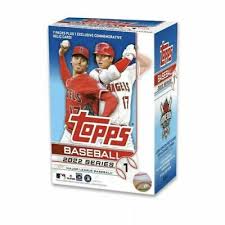
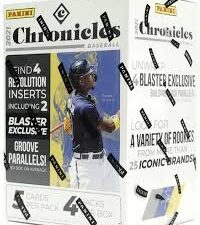

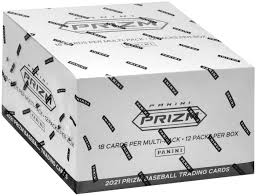

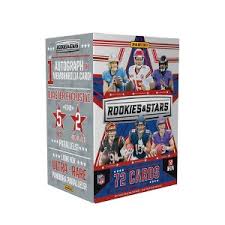

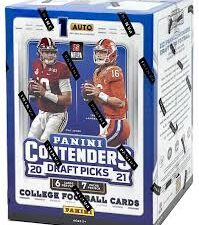
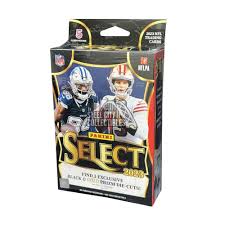
Keep up on breaking Sports Card News, our latest articles, product specials and exclusive content with expert analysis of hobby trends.

© Copyright 2025 - All rights reserved Cardlines.com / Media Techs LLC - Sports Card News, Reviews, Releases and BREAKS - #thehobby.
Important: When you click on links to various merchants on this site and make a purchase, this can result in this site earning a commission. Affiliate programs and affiliations include, but are not limited to, the eBay Partner Network.
I Tested eBay Auction Promotions So You Don’t Have To!
Cardlines June 30, 2025 7:01 pm